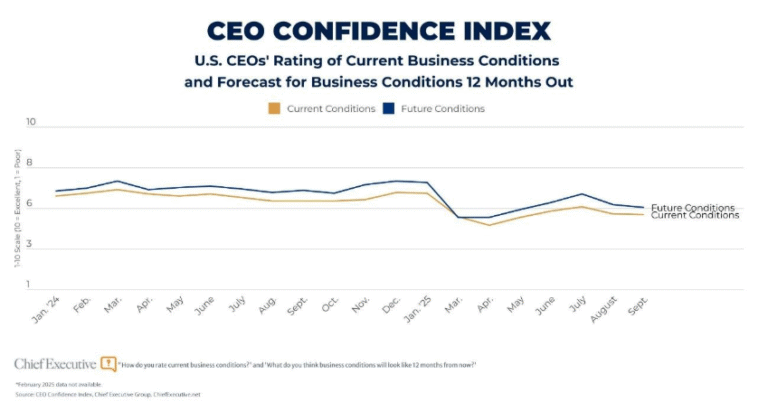
Despite the mountain of data that shows that cultural missteps often derail mergers many leaders seem more intent on getting a deal done versus getting it done right. Here are three proven steps that help CEOs secure a better outcome.
Mergers and Acquisitions appear to be heating up again, and with them, the need to integrate the cultures of two formerly separate companies. The challenge is generally recognized, yet it has still tripped up many a talented management team.
This is due to the traditional tools available such as top-down diagnostics and surveys that are more geared toward a single company’s culture transformation journey rather than two separate entities combining. These tools also target situations unlike a merger, in which the timing and pace of change can be controlled. However, when two companies are in the throes of combining—often under time pressure and within a rapidly-moving environment—the ultimate vision for the business is often in a state of flux. The supporting culture goals for the future can be hard to pin down. For example, look at airline mergers. Typically, there are pressing issues of route consolidation, seniority list integration, IT harmonization, frequent flier program combination and customer services alignment that are all in flux. This makes it difficult to articulate the broader business goals and specific behaviors a new culture should support. Traditional tools applied in a merger situation and illuminate some differences fall short of providing insight as to what differences will matter to NewCo and why.
Newly-merged companies often shortchange cultural integration efforts by taking the traditional first step—the alignment of mission, vision and values—without doing important additional steps or following through and doing the detailed, gritty work that’s needed to back it up and create real change.
Yet, cultural integration is crucial to the success of any merger. Failure to achieve it can threaten the outcome of multibillion-dollar transactions. The culture disconnects that plagued Daimler-Chrysler and AOL-Time Warner, for example, are well-known. Many banks still struggle to reconcile the very different cultures of their retail banking and wealth management teams, making it difficult to present a common face to customers. When asked, nearly 6 out of 10 executives cited incompatible cultures as the primary reason for a merger’s failure or underperformance .
To beat the odds and succeed at cultural integration, there are three crucial steps beyond the initial alignment of mission, vision and values that merging companies need to take.
Mission and vision statements tend to be enterprise-level and top-down. But culture redefinition is a related, but different, exercise aimed at specific behavior changes that will enable the newly combined entity’s objectives. Further, mergers typically bring together multiple business units, often across geographical regions and multiple functions such as research, sales or production. Each of these, in turn, has its own unique culture that requires redefinition via targeted, simultaneous efforts. The starting point in designing these is to ask: How will the new company create value? What specific business model will support that? What new behaviors are needed to support the desired new outcomes within each local unit and function?
The recent push for combinations between academic medical centers and community hospitals in the US provides a good illustration. While there are compelling reasons to come together, the underlying culture of a teaching and research institutions is often very different from that of community hospitals. Before any meaningful cultural initiatives can take place, the new organizations must decide whether their value creation objective and business model will be to funnel more complex case volume to the academic center, or to “export” new techniques and care to community hospitals.
Aspirational, high-level statements such as “become more customer-centric” or “be nimble and innovative” should not be confused with culture transformation. Instead, once the value proposition has been defined, culture transformation should consist of targeted actions resulting in tangible, front-line behavior change tied to specific goals.
In a recent bank merger, one call center excelled in customer satisfaction scores and the other in cross-selling services. The business goal in the merger was to combine these strengths in a way that leveraged the best of both. However, employee interviews revealed that the center with high satisfaction scores feared hard selling or reducing their comparatively lengthy, “hand-holding” calls was at odds with their service-oriented values and culture. With more in depth analysis, it became clear that in fact this center was better at cross selling than initially perceived and the other center was better at customer service than originally thought. A detailed understanding of both centers working processes made it possible to design new common operating procedures for both centers, but without first bridging the perceived culture/values gap those process changes would not have succeeded.
In some cases, an “integration” of cultures isn’t at all what’s needed—especially in deals between businesses with very different sets of capabilities, like Disney-Pixar or DuPont-Danisco. Instead, an alignment or overlay allowing multiple cultures to coexist while supporting the goals of the merger is more appropriate. In a specialties chemicals industry merger, for example, no blended model of the two companies’ respective sales forces made sense. One sales force was primarily oriented around new revenue generation. The other had broad account management and account lifecycle responsibilities. Because these approaches were simply too distinct to blend, the merged business ultimately organized its sales force around account teams instead, allowing the two sales cultures to coexist and enhance one another.
These steps are a far cry from simple top-down, enterprise-wide statements and each necessitates a tremendous amount of fastidious, in-the-trenches work. The teams or units involved become veritable laboratories for discovering cultural differences and experimenting with various pragmatic solutions—the only viable route to integration success.



Chief Executive Group exists to improve the performance of U.S. CEOs, senior executives and public-company directors, helping you grow your companies, build your communities and strengthen society. Learn more at chiefexecutivegroup.com.
0

1:00 - 5:00 pm
Over 70% of Executives Surveyed Agree: Many Strategic Planning Efforts Lack Systematic Approach Tips for Enhancing Your Strategic Planning Process
Executives expressed frustration with their current strategic planning process. Issues include:
Steve Rutan and Denise Harrison have put together an afternoon workshop that will provide the tools you need to address these concerns. They have worked with hundreds of executives to develop a systematic approach that will enable your team to make better decisions during strategic planning. Steve and Denise will walk you through exercises for prioritizing your lists and steps that will reset and reinvigorate your process. This will be a hands-on workshop that will enable you to think about your business as you use the tools that are being presented. If you are ready for a Strategic Planning tune-up, select this workshop in your registration form. The additional fee of $695 will be added to your total.

2:00 - 5:00 pm
Female leaders face the same issues all leaders do, but they often face additional challenges too. In this peer session, we will facilitate a discussion of best practices and how to overcome common barriers to help women leaders be more effective within and outside their organizations.
Limited space available.

10:30 - 5:00 pm
General’s Retreat at Hermitage Golf Course
Sponsored by UBS
General’s Retreat, built in 1986 with architect Gary Roger Baird, has been voted the “Best Golf Course in Nashville” and is a “must play” when visiting the Nashville, Tennessee area. With the beautiful setting along the Cumberland River, golfers of all capabilities will thoroughly enjoy the golf, scenery and hospitality.
The golf outing fee includes transportation to and from the hotel, greens/cart fees, use of practice facilities, and boxed lunch. The bus will leave the hotel at 10:30 am for a noon shotgun start and return to the hotel after the cocktail reception following the completion of the round.